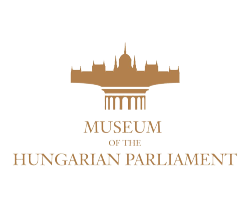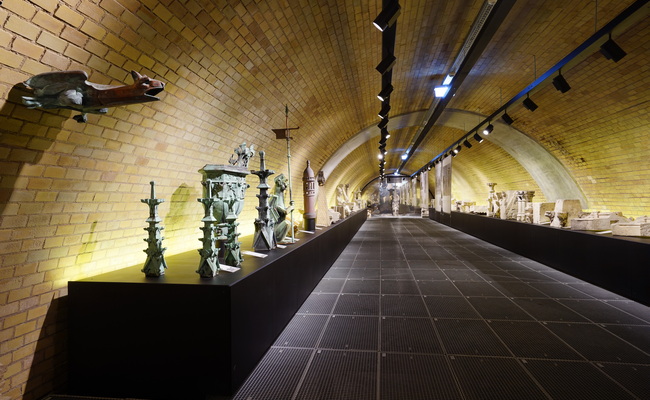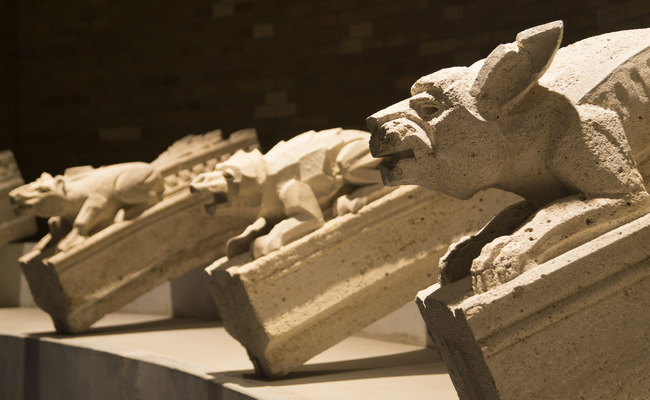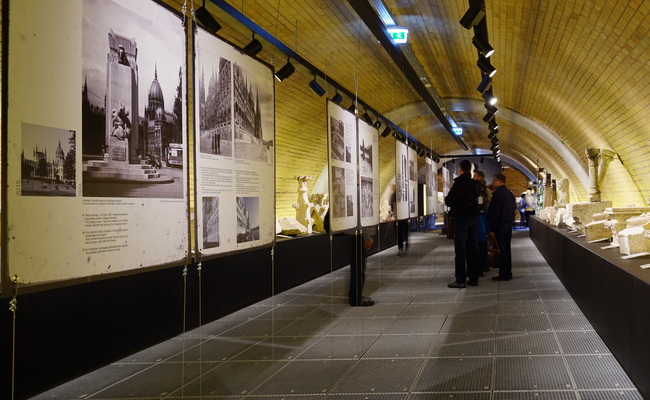Lapidarium
Lapidarium
The history of the square, tiles, gargoyles and other creatures – a special lapidarium on Kossuth Square with stone sculptures removed from the Parliament building.
Imre Steindl did not want to deface the building with chimneys and therefore designed a modern cooling, heating and ventilating system. The cooling was provided by two fountains with water basins standing on the square; however, these were removed during its reconstruction. After this, the cooling of the building was carried out by feeding air through several tonnes of ice accumulated in the air shafts. Set up for visitors in the south ventilating well is a memorial to the victims of the massacre on Kossuth Square in 1956, while the lapidarium is in the north tunnel. Imre Steindl originally designed a brick cladding for the parliament building but later modified it into a stone facing more befitting the Gothic style. However, due to the weather conditions on the bank of the Danube – the strong winds and the pollution of a big city – the condition of the stones soon began to deteriorate.
Visitors to the exhibition in the lapidarium can see a chronological series of photographs showing the story of the construction of Kossuth Square and the Parliament building beginning with its foundation in the 19th century through ceremonial unveilings of sculptures right until the recently completed replacement of the facing. A noteworthy feature of the show is the side-by-side display of archive and modern photographs creating an interesting contrast.
Stepping into the exhibition hall, visitors are greeted by the statue of the Palatine Joseph, while gargoyles in the form of animal figures and monsters can be seen in the rotunda at the end of the tunnel. A special column installation evokes the former air shaft and in addition to stone sculptures copper artworks and gilded objects can also be viewed.
A taste of the exhibition material:
Kőtár - jobb hasáb









